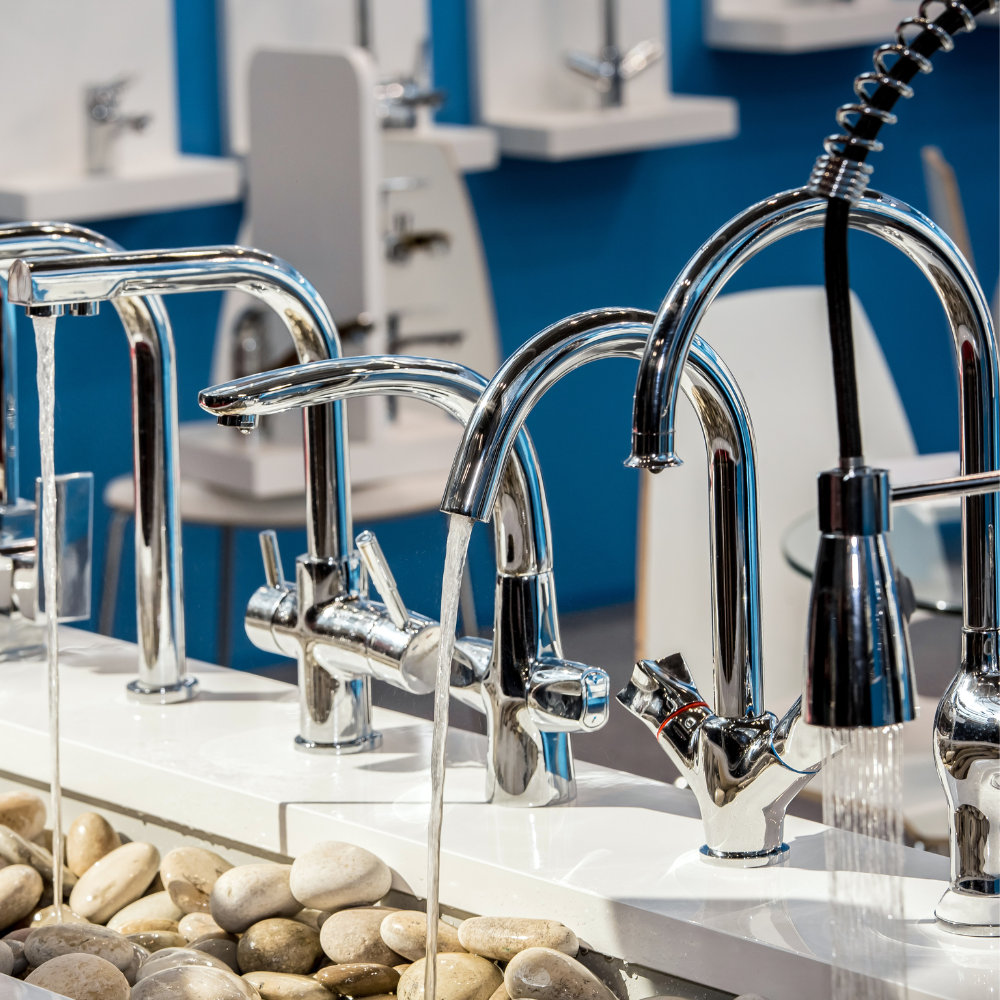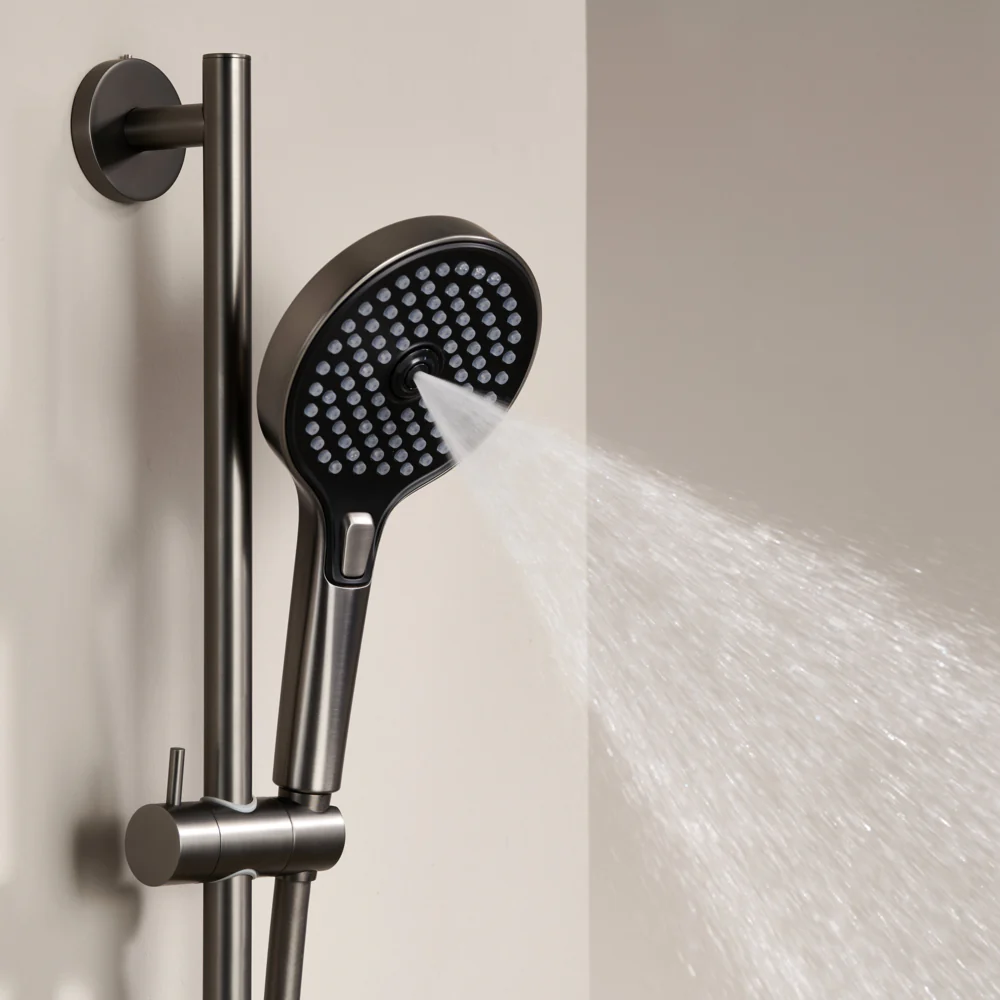The Art of Faucet Production
Introduction:
Faucets are an integral part of our daily lives, providing not only functionality but also contributing to the aesthetic appeal of our homes and commercial spaces. The production of faucets involves a delicate balance between design, engineering, and quality craftsmanship. In this article, we delve into the fascinating world of The Art of Faucet Production, exploring the key elements that go into creating these essential fixtures.
The Design Process:
The journey of faucet production begins with the design phase, where skilled designers conceptualize innovative and stylish faucet models. The design process takes into account both form and function, ensuring that the final product not only looks appealing but also performs efficiently. Designers draw inspiration from various sources, incorporating the latest trends, user preferences, and technological advancements to create faucets that meet the diverse needs of consumers.
Materials Selection:
One of the critical aspects of faucet production is the selection of materials. Faucets are exposed to water, varying temperatures, and constant use, making material durability a top priority. Common materials used in faucet production include brass, stainless steel, and chrome-plated alloys. These materials not only offer corrosion resistance but also provide an attractive finish that enhances the overall aesthetics of the faucet.
Precision Manufacturing:
Once the design and materials are finalized, faucet production moves to the manufacturing phase. Precision is paramount in this stage, as even the slightest imperfections can affect the faucet’s performance. Advanced manufacturing techniques, such as CNC machining and 3D printing, are employed to create intricate components with unparalleled accuracy. This precision ensures that each faucet meets the strict quality standards set by manufacturers.
Finishing Touches:
The finishing touches play a crucial role in defining the visual appeal of a faucet. Manufacturers utilize various finishing techniques, including polishing, plating, and powder coating, to achieve the desired look. These finishes not only enhance the aesthetic qualities of the faucet but also contribute to its longevity by providing an additional layer of protection against wear and tear.
Innovation in Technology:
The faucet industry has embraced technological advancements to enhance both functionality and user experience. Touchless or sensor-activated faucets have gained popularity, offering a hygienic and convenient alternative to traditional models. Additionally, smart faucets with integrated technologies, such as temperature control and water-saving features, are becoming increasingly prevalent, reflecting the industry’s commitment to sustainability and efficiency.
Quality Control:
Quality control is a non-negotiable aspect of faucet production. Rigorous testing procedures are implemented to ensure that each faucet meets or exceeds industry standards. These tests may include water pressure tests, leak detection, and durability assessments. Quality control measures guarantee that consumers receive a reliable and durable product that will withstand the test of time.
Conclusion:
Faucet production is a harmonious blend of design, engineering, and craftsmanship. From the initial design concept to the meticulous manufacturing process and rigorous quality control, every step contributes to the creation of faucets that are not only functional but also visually appealing. As technology continues to advance, the faucet industry will undoubtedly witness further innovations, shaping the future of these essential fixtures in our homes and businesses.



